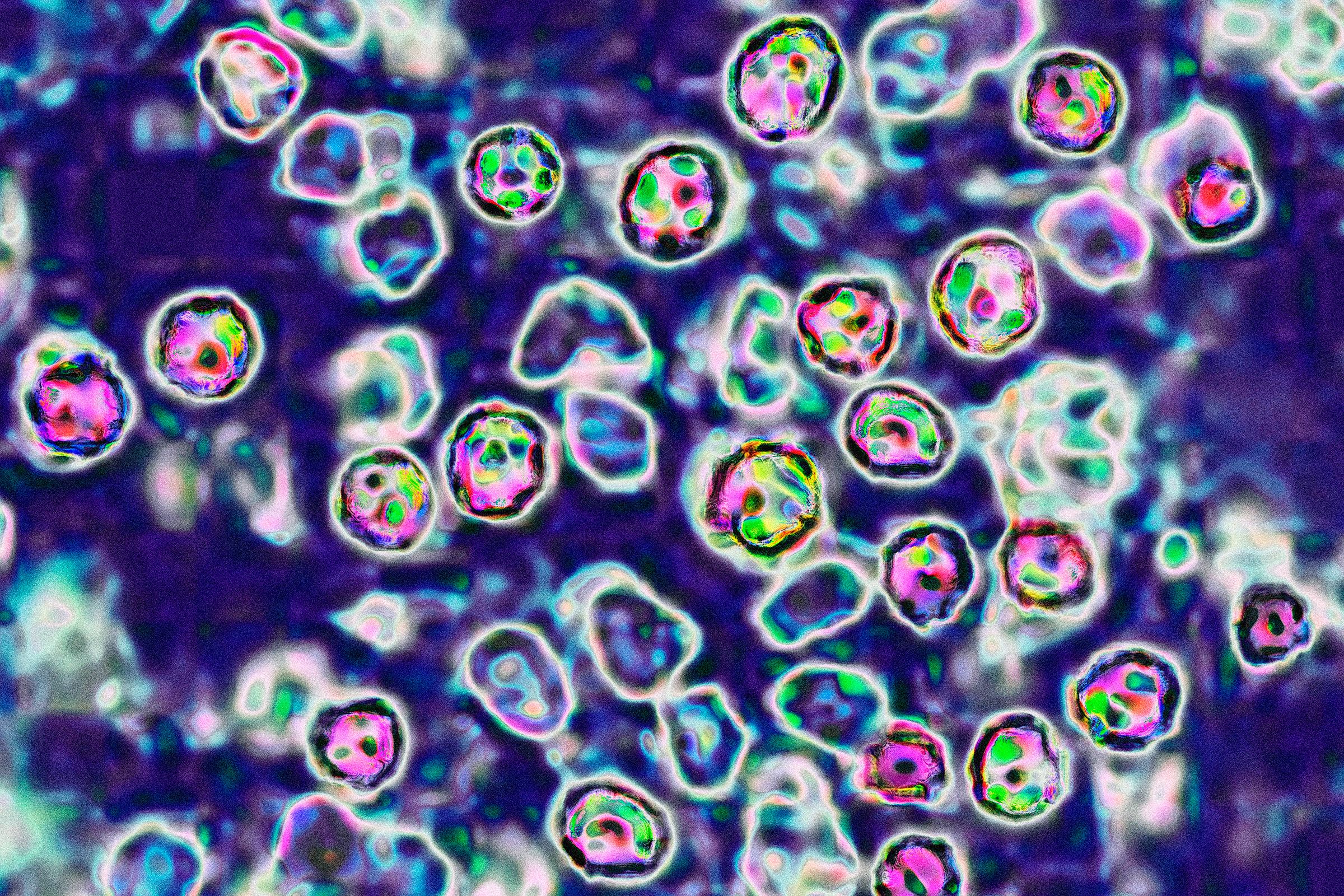How to Get PFAS Out of Drinking Water—and Keep It Out
Per- and polyfluoroalkyl substances (PFAS) are a group of man-made chemicals that have been used in a variety of consumer products and industrial processes for decades. These chemicals have been linked to a range of health issues, including cancer, thyroid disease, and immune system disorders.
To remove PFAS from drinking water, it is important to use an effective water filtration system. Activated carbon filters have been found to be effective in removing PFAS from water. Additionally, reverse osmosis systems can also help remove these harmful chemicals.
It is essential to regularly maintain and replace the filters in your water filtration system to ensure that PFAS are effectively removed from your drinking water. Checking and following the manufacturer’s recommendations for filter replacement is crucial.
Prevention is key to keeping PFAS out of your drinking water. Avoid products that contain PFAS, such as Teflon-coated cookware and stain-resistant carpets. Be mindful of using products that could potentially release PFAS into the environment.
Advocate for stricter regulations on PFAS in manufacturing and waste disposal. Encourage your local government to take action in monitoring and regulating the presence of these chemicals in drinking water sources.
Consider testing your drinking water for PFAS contamination. There are water testing kits available that can help determine if your water contains harmful levels of these chemicals. If detected, take immediate steps to address the issue.
Remember, everyone has a role to play in ensuring clean and safe drinking water for all. By taking proactive steps to remove and prevent PFAS contamination, you can help protect yourself and your community from the potential health risks associated with these harmful chemicals.






More Stories
Donald Trump’s NIH Pick Just Launched a Controversial Scientific Journal
An Overdiagnosis Epidemic Is Harming Patients’ Mental Health
This Is How Measles Kills